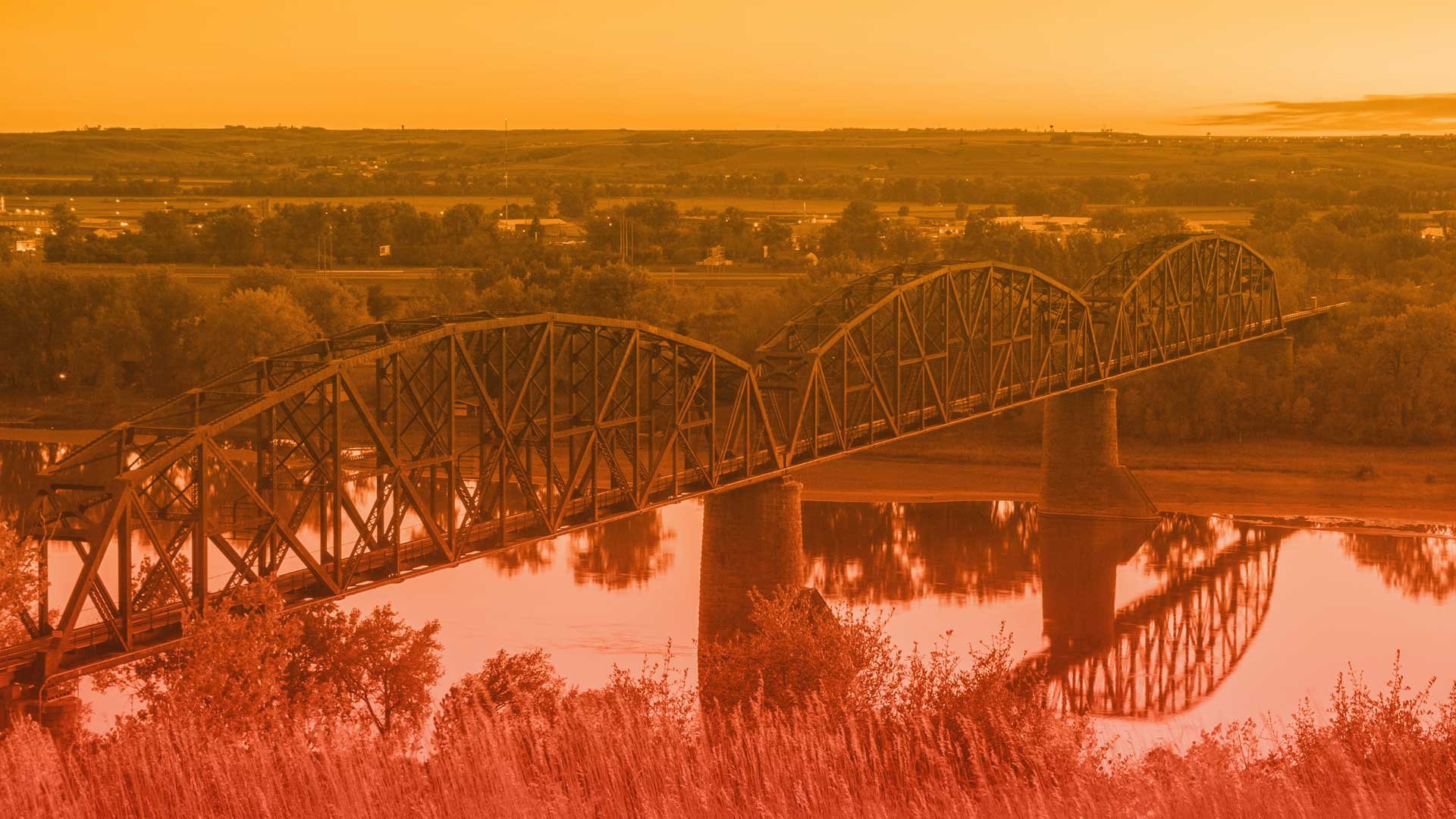
NEWS & EVENTS
BNSF Responds to Ownership Dispute
BNSF has submitted a response to the USCG regarding the ownership status of the Bismarck-Mandan Rail Bridge.
As FORB expected, the response from BNSF is in the form of an initial trial brief citing various statues and case law, rather than actual documentation showing title in BNSF or its predecessor, the Northern Pacific Rail. Most of the citations and caselaw cited in the letter and memorandum support FORB’s position as to the ownership and fixtures transferred to North Dakota at the time of statehood under the Equal footing and Public Trust Doctrines, rather than BNSF’s. FORB does not contest that BNSF has a right-of way, but that does not give it title to the underlying riverbed or affixed structures.
Legal Research Indicates State of North Dakota Owns The Bismarck-Mandan Rail Bridge
Friends of the Rail Bridge (FORB) announces legal research documenting public ownership of the endangered historic rail bridge between Bismarck and Mandan, North Dakota.
Since August 2017, FORB and others have been consulting with the United States Coast Guard (USCG) under the National Historic Preservation Act over BNSF’s application for a permit to build a new rail crossing over the Missouri River between Bismarck and Mandan. BNSF’s preferred design requires demolition of the rail bridge built by the Northern Pacific Railroad in 1883—without question the most significant historic property on the Upper Missouri River. FORB and others prefer an alternative preserving the historic bridge in place and converting it to a heritage tourism rails-to-trails pedestrian bridge.
Display at Bismarck Veterans Memorial Public Library
FORB and our mission is currently featured in the lobby of the Bismarck Veterans Memorial Public Library. In case you aren’t able to stop by, take a look at the content in the gallery below.
DRAFT ENVIRONMENTAL IMPACT STATEMENT
Are you in favor of finding a preservation alternative to BNSF’s proposed demolition of the iconic Bismarck-Mandan Rail Bridge? Not sure what you can do to help? There are several ways to provide public comment, and the first step is to become familiar with the Draft Environmental Impact Statement (DEIS) and the research conducted. The most effective public comments are those that provide useful information to the USCG (as opposed to something more simple like, "I'm in favor of saving the bridge").









